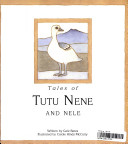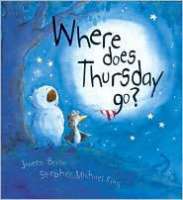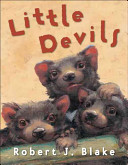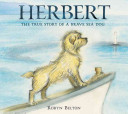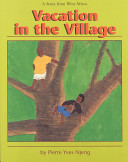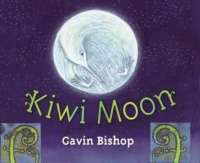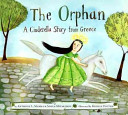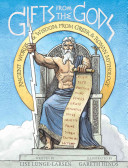
Ancient names come to rich and fascinating life in this lavishly illustrated gift book for mythology fans and word lovers. Did you know that “museums” were initially temples built to worship the nine muses, the goddesses of the arts? That “Janus” was the god of the doorways and hallways, and we have named our janitors after him?Where did these words — and other words, such as chaos, genius, nemesis, panic, echo, and narcissus — come from? From the ancient stories of the Greeks — stories that rang so true and wise that the names of the characters have survived for centuries as words we use every day. The brief stories here not only impart the subtle wisdom of these ancient tales, but make us understand the words, and our own world, more deeply.


